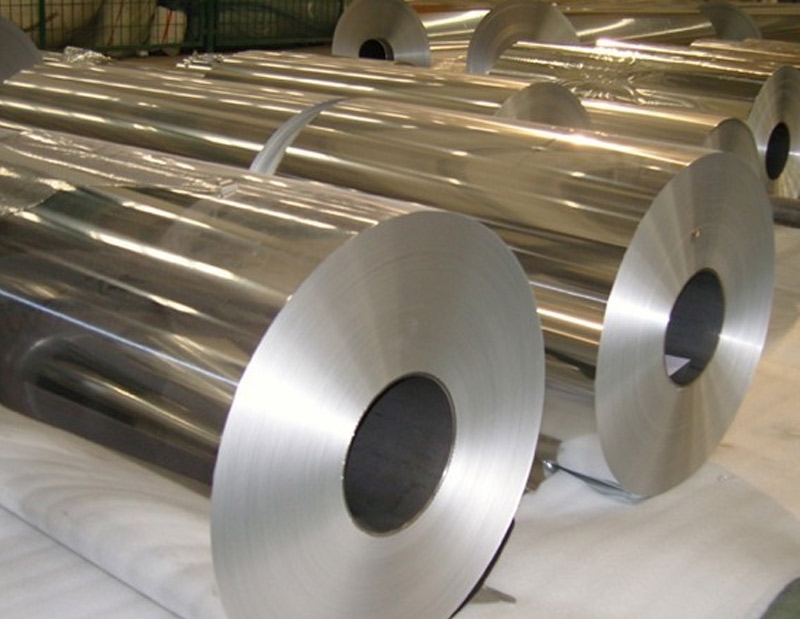Introduction
Aluminum foil is a ubiquitous household item, widely used for cooking, wrapping, and storing food. However, while it’s commonly referred to as aluminum foil, its composition extends beyond just aluminum. In this article, we delve into the composition of aluminum foil, exploring the materials that make up this versatile kitchen essential.
Primary Component Aluminum
Aluminum foil is predominantly made of aluminum, which is a lightweight and malleable metal known for its excellent conductivity and corrosion resistance. Aluminum provides the foil with its characteristic properties, including its ability to withstand high temperatures and retain heat, making it ideal for cooking and food preservation.

Alloying Elements
While aluminum is the primary component of aluminum foil, it is often alloyed with small amounts of other metals to enhance its properties. Common alloying elements include silicon, iron, and magnesium. These alloying elements can improve the foil’s strength, flexibility, and resistance to tearing, allowing it to withstand the rigors of everyday use.
Surface Treatments and Coatings
In addition to alloying elements, aluminum foil may undergo various surface treatments and coatings to further enhance its performance. These treatments can include applying lubricants to improve the foil’s slip properties, adding a layer of polymer coating to increase its strength and moisture resistance, or embossing the surface to enhance its decorative appeal.
Thickness and Gauge
Aluminum foil is available in various thicknesses, commonly measured in mils or microns. Thicker foils are often used for heavy-duty applications such as grilling or roasting, while thinner foils are suitable for wrapping and covering food items. The thickness of the foil can impact its strength, flexibility, and ability to withstand heat.
Sustainability Considerations
While aluminum foil is a highly versatile and convenient packaging material, there are growing concerns about its environmental impact. Aluminum production requires significant energy and resources, and aluminum foil is often discarded after a single use, contributing to waste generation. However, aluminum foil is recyclable, and recycling programs exist in many communities to reduce its environmental footprint.

Conclusion
Aluminum foil is more than just aluminum; it’s a composite material that combines aluminum with alloying elements and surface treatments to create a versatile and indispensable household item. Understanding the composition of aluminum foil allows us to appreciate its unique properties and applications while also considering its environmental impact and sustainability. As consumers, we can make informed choices about how we use and dispose of aluminum foil to minimize waste and maximize its utility.


